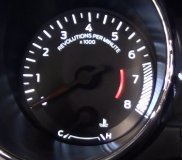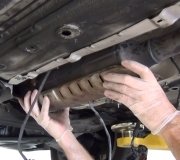Friday, July 1st, 2011 AT 4:21 PM
I have a 66 Buick Special with a 300cu inch engine & auto trans. I left my house and the engine seemed to stumble for about 2-3 seconds and then picked right back up again. It ran fine after that. About 50 miles later I noticed the headlights get a little brighter, interior lights came up a bit, there was a slight burning smell and hen the car lost power. I was able to crank it over but it would not fir. I towed it home & cranked it over the next day adding some fuel to the carb and nothing. The next day I went out and it would not even turn over. The starter is ok. One terminal on the back of the ignition switch looks like it got hot and the plastic melted slightly. Any ideas


